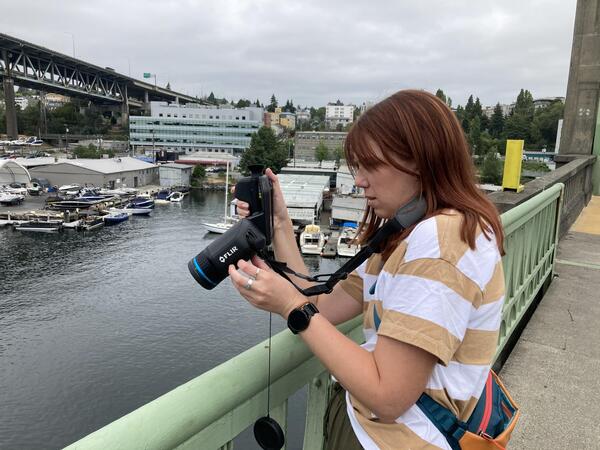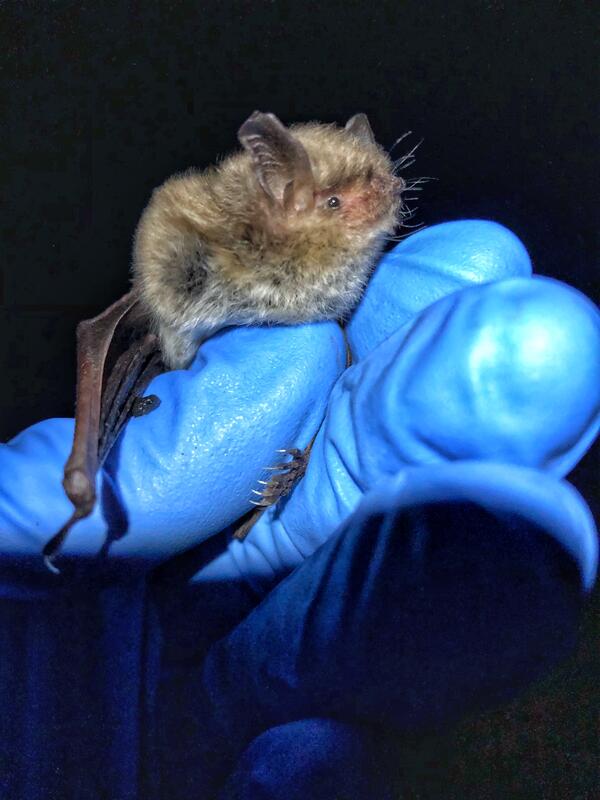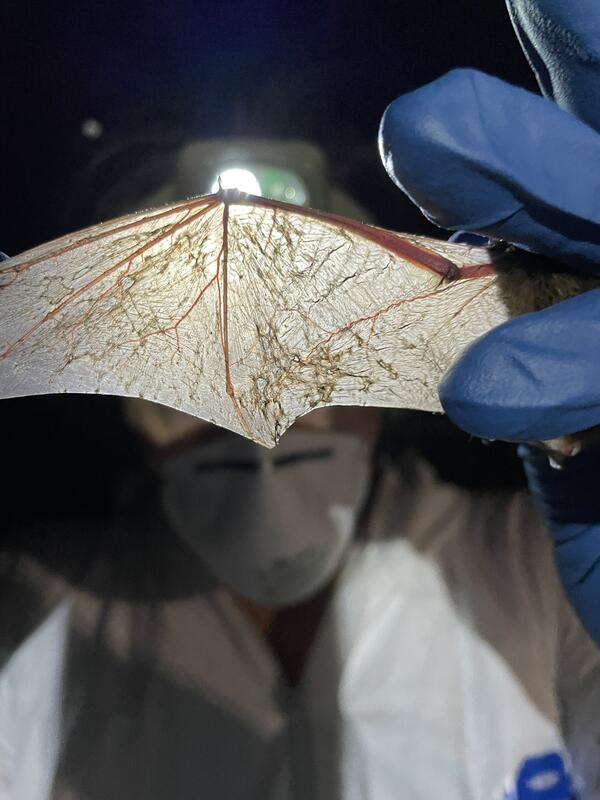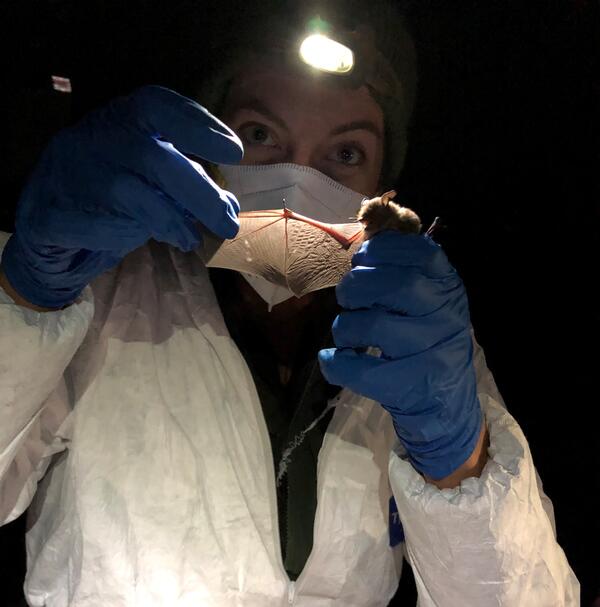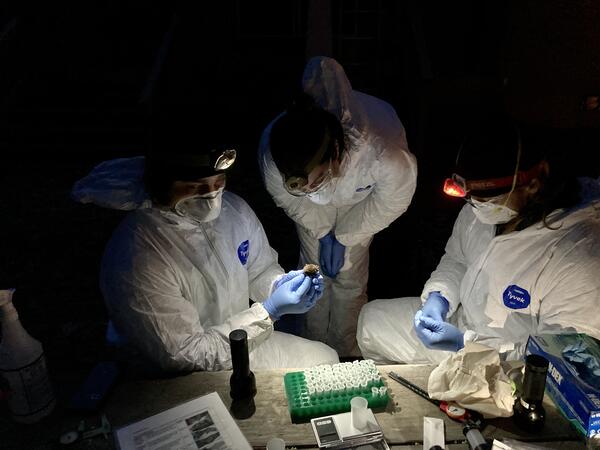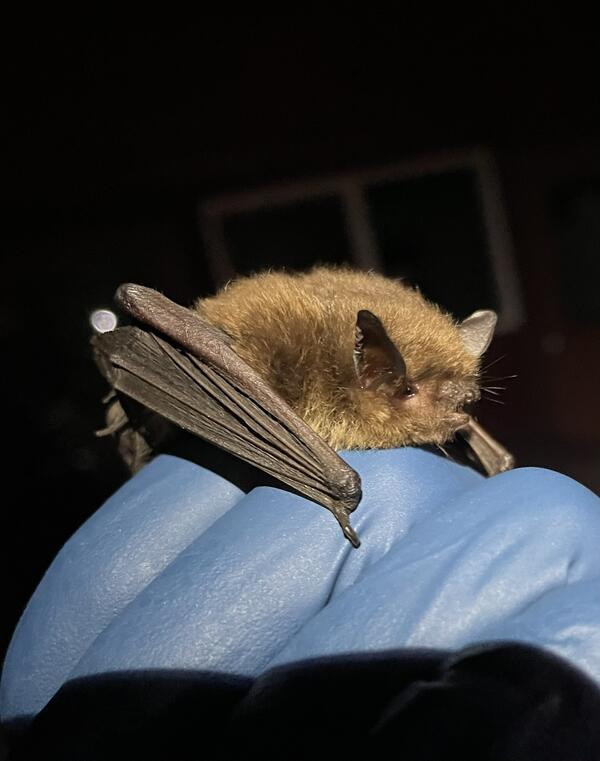Testing a thermal infrared camera by capturing water surface temperature off the side of a bridge in Seattle, Washington
Testing a thermal infrared camera by capturing water surface temperature off the side of a bridge in Seattle, WashingtonPhoto of EAE testing and adjusting the forward-looking infrared (FLIR) camera parameters while directing the sensor at the water surface off the side of a bridge in Seattle, Washington.


